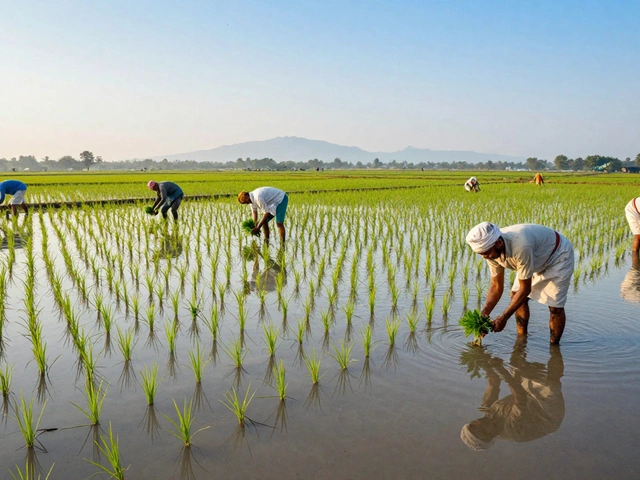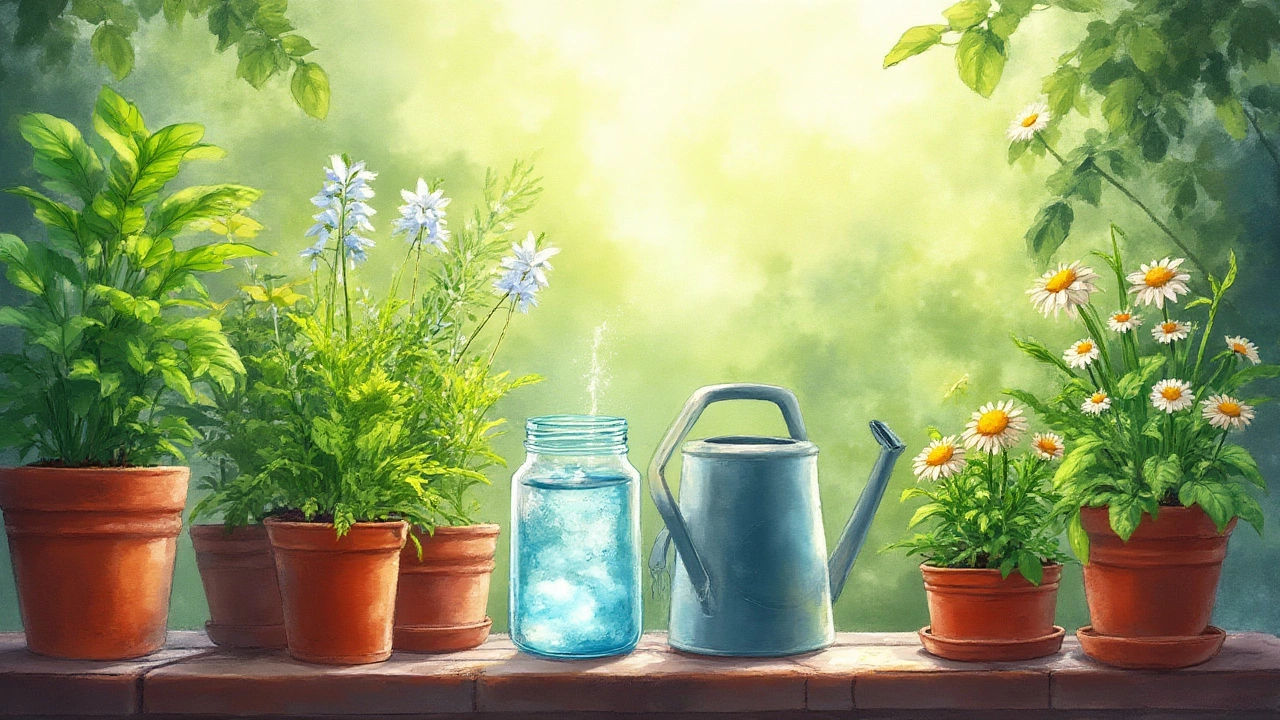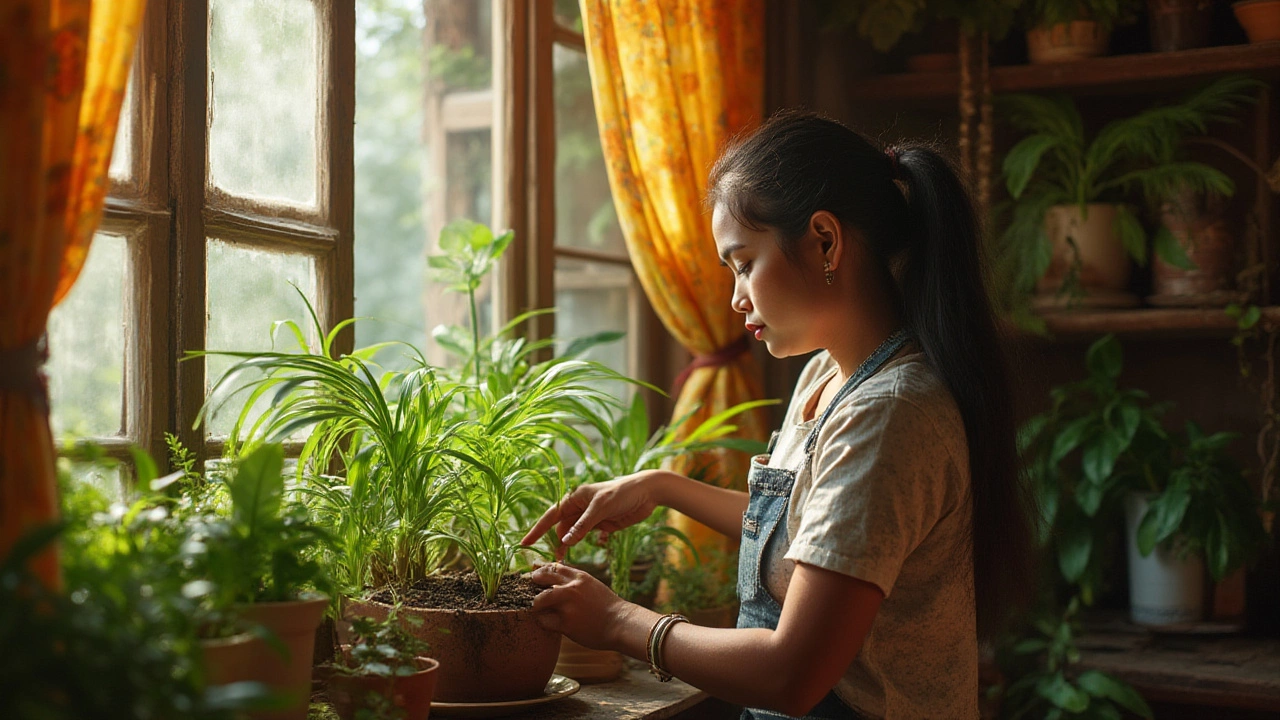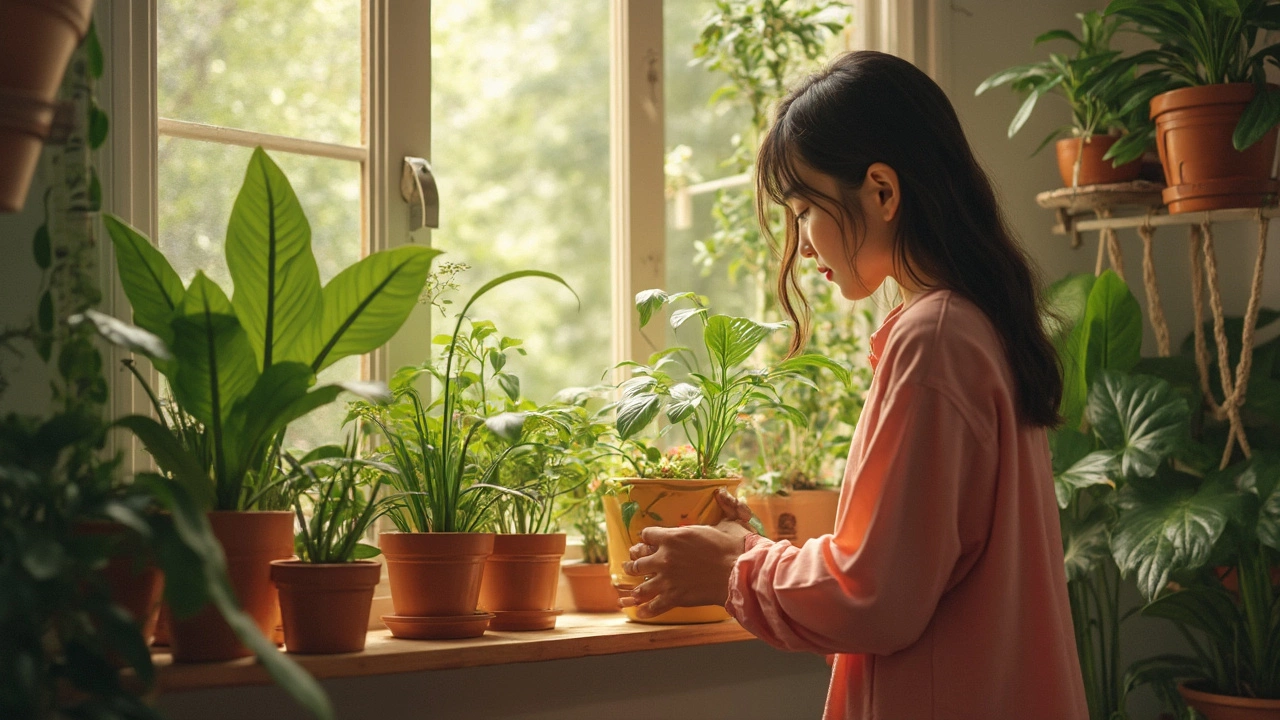Watering Houseplants: Easy Steps for Happy Indoor Plants
Ever wonder why some houseplants look droopy even after you water them? The answer is often simple – timing, amount, and the type of water matter more than you think. In this guide we’ll walk through the basics, so you can stop guessing and start seeing greener leaves.
How Often Should You Water?
Most indoor plants need water when the top inch of soil feels dry. Stick your finger in the pot; if it’s dry, it’s time to water. Skip the calendar schedule – every plant is different and humidity changes with the seasons. For succulents, wait until the soil is completely dry; for tropical foliage, you may need to water every few days.
Getting the Right Amount
Water until you see a little runoff from the drainage holes. This tells you the soil is saturated and excess water can escape. Pouring a thin stream onto the surface only wets the top layer, leaving roots thirsty. If water sits in the saucer for more than a minute, empty it to prevent root rot.
Use room‑temperature water. Cold water can shock roots, while hot water can damage them. If your tap water is heavily chlorinated, let it sit for a few hours before using. This simple step lets chlorine evaporate and makes the water gentler on sensitive plants.
Misting is another tool, but it’s not a substitute for real watering. Mist your foliage once a day if you live in a dry area or have tropical plants that love humidity. A spray bottle gives a light mist; avoid soaking the leaves, which can lead to fungal issues.
Don’t forget the pot size. A pot that’s too large holds more soil than the plant needs, causing the soil to stay wet longer. Choose a pot that’s just a bit bigger than the root ball, and repot every 1‑2 years to refresh the growing medium.
Check the leaf tips. Brown or crispy tips usually mean either underwatering or low humidity. Yellowing leaves can signal overwatering. Adjust your schedule based on what the plant is telling you.
Finally, keep an eye on the season. In winter, most plants slow down and need less water. Reduce watering frequency, but still check the soil before deciding.
By watching soil moisture, using the right amount of water, and adding occasional mist, you’ll keep your houseplants looking lush all year round. Try these tips today and notice the difference in just a few weeks.
How to Tell If Your Houseplant Needs Water: Simple Signs & Expert Tips
Learn to spot when your houseplant is thirsty. Get real tips on how to check soil, leaves, and other signs to keep your indoor plants healthy.
How Long to Let Tap Water Sit Before Watering Plants for Healthy Growth
Not sure if you need to let tap water sit before watering your plants? Here's how timing and water quality affect plant health, plus practical tips.
How to Stop Houseplants From Dying: Proven Tips for Thriving Indoor Plants
Discover expert tips to stop your houseplants from dying. Learn about proper watering, choosing the right light, and avoiding common mistakes that kill indoor plants.
How Often Should I Water Houseplants? Practical Indoor Plant Care Tips
Struggling to figure out how often your houseplants need water? Here's a guide that cuts through confusing advice and focuses on what actually matters for healthy indoor plants. Get practical tips, learn what signals to watch for, and find out why one schedule doesn’t fit all. You'll also see some common mistakes, plus surprising facts that seasoned plant lovers swear by. Whether you’re a plant newbie or have a full-blown indoor jungle, this is for you.
About
Indoor Plant Care, Gardening
Latest Posts


Understanding the Differences Between Sprinkle and Drip Irrigation
By Alden Thorne Mar 22, 2025

How Long Does It Take Rice to Grow? Full Timeline from Seed to Harvest
By Alden Thorne Dec 19, 2025

Best Garden Tools: Who Makes the Highest Quality Hand Tools?
By Alden Thorne Jun 12, 2025




